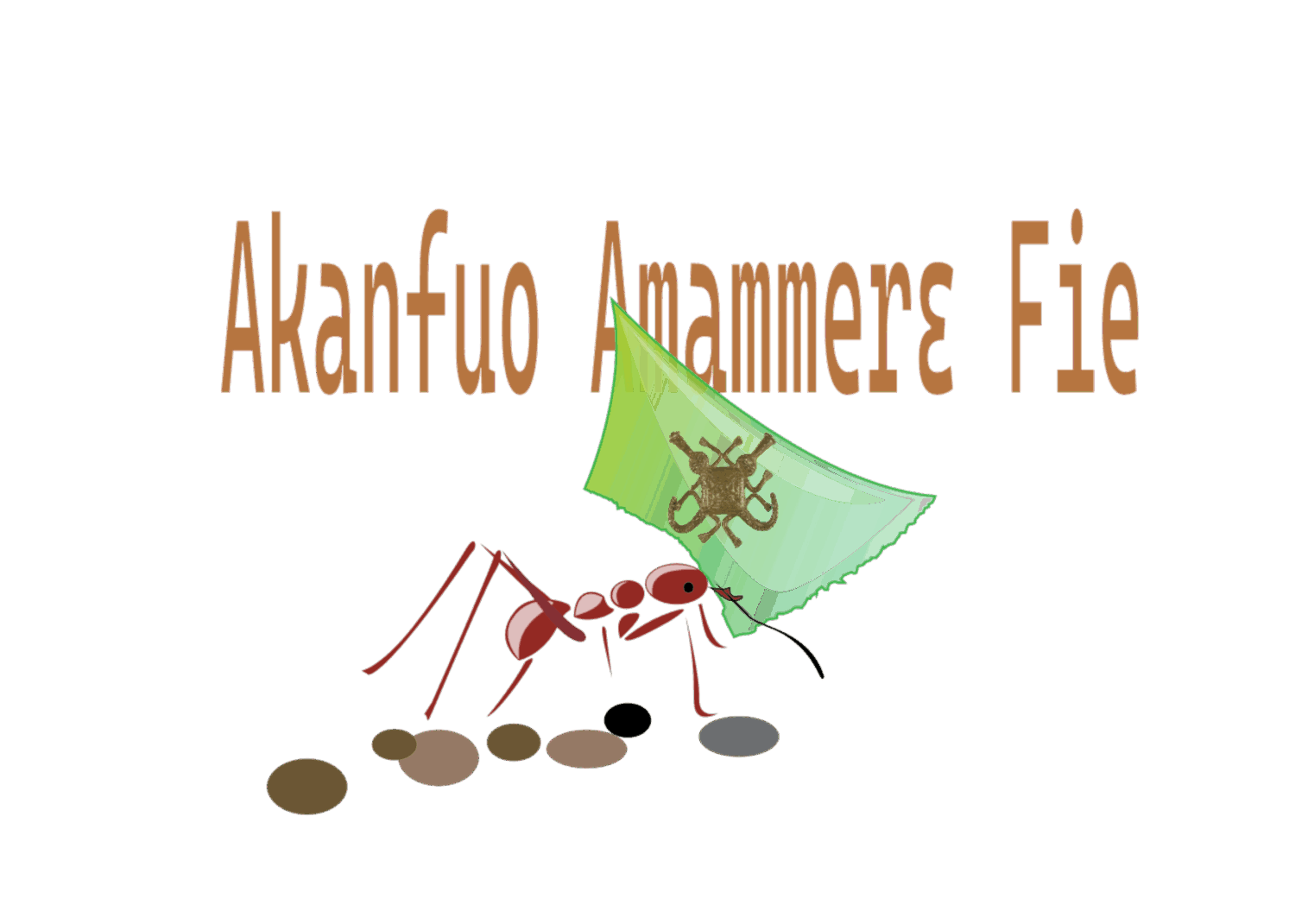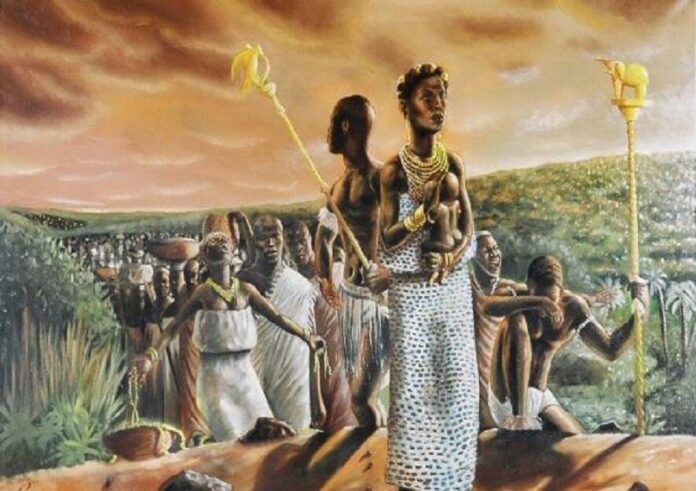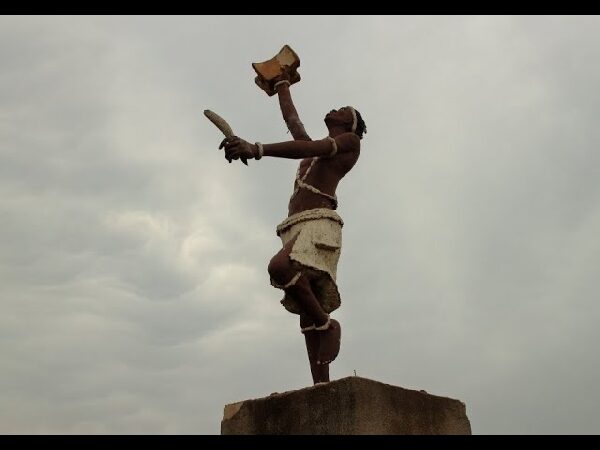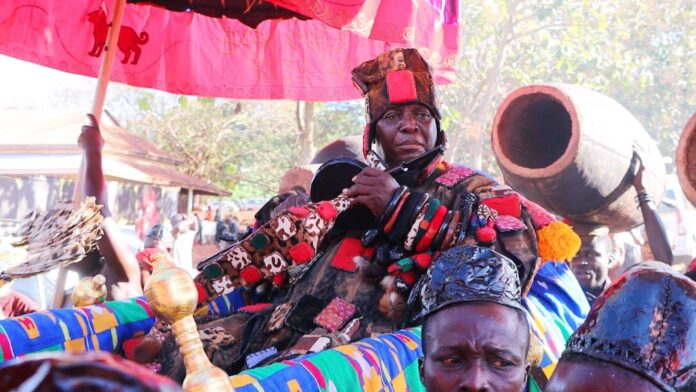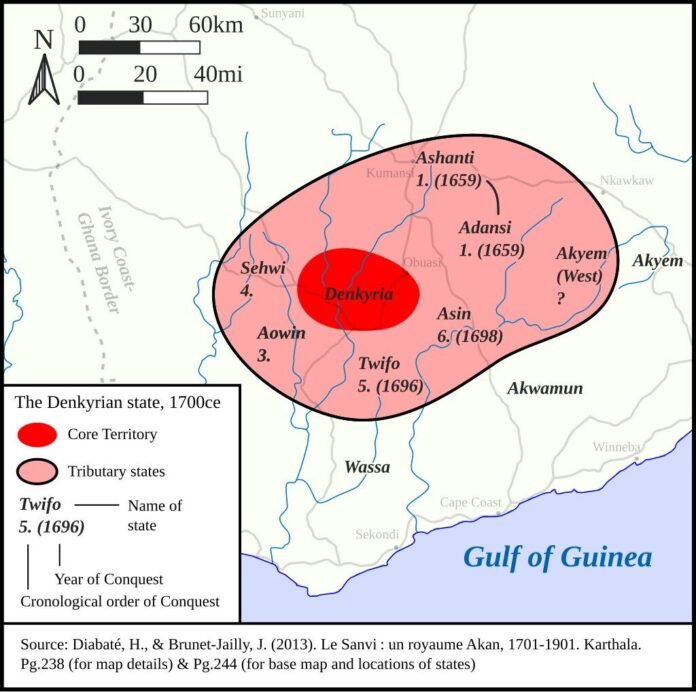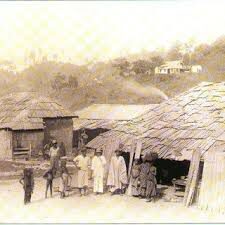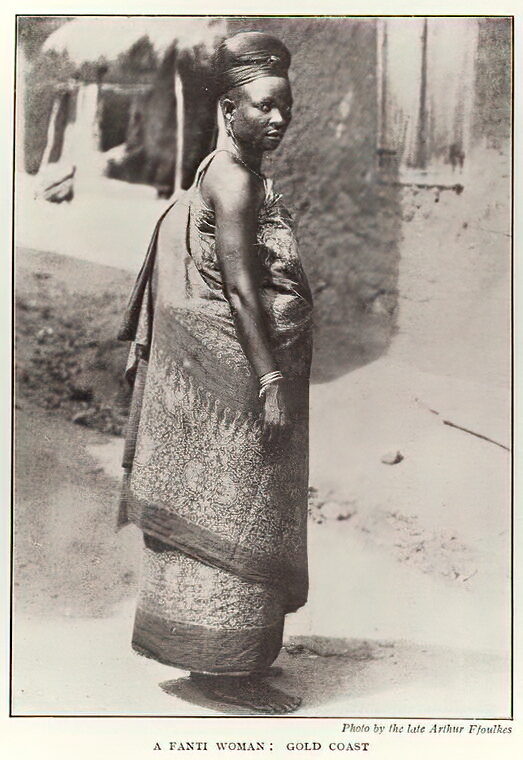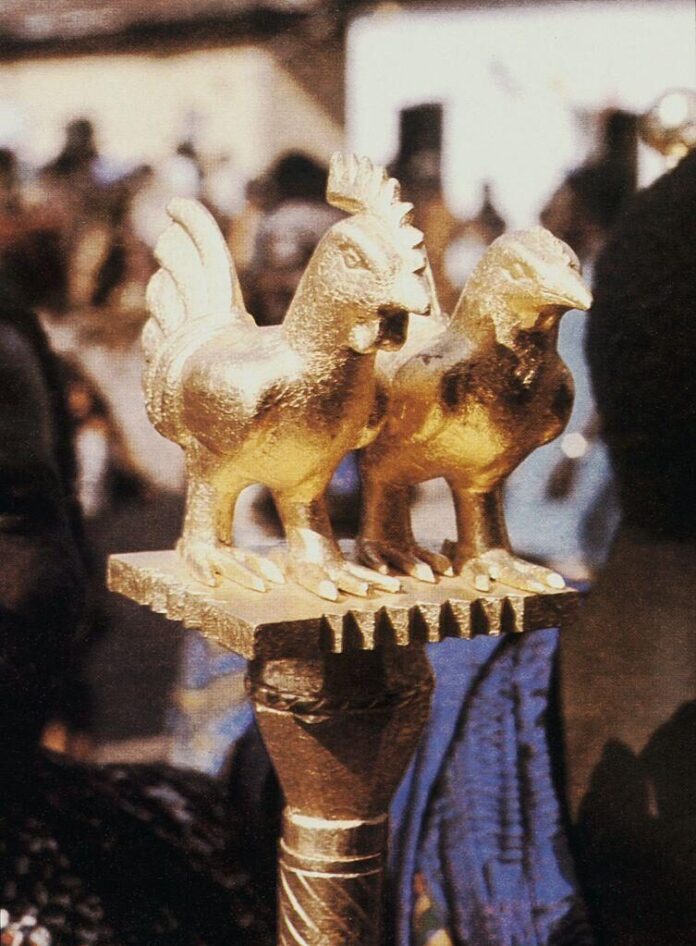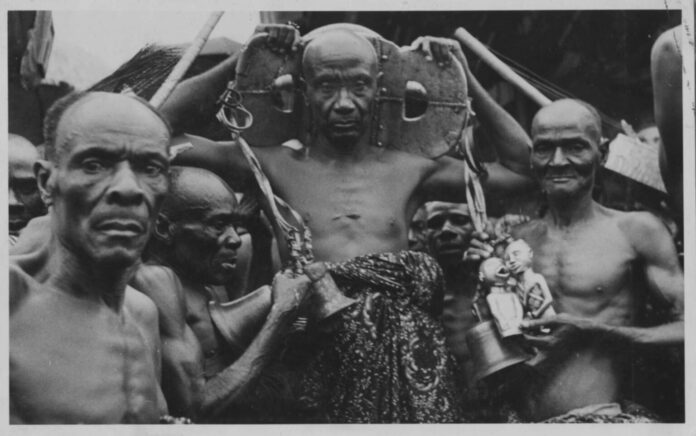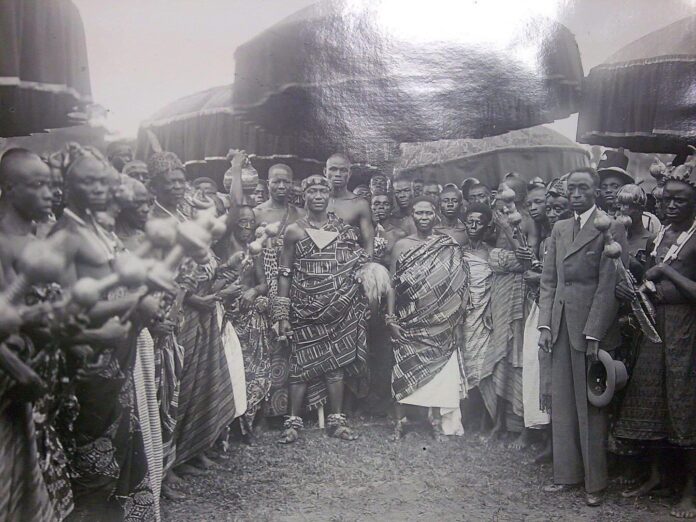From the settlements of Adanse and Amansie, waves of people set out toward the north and west, carrying with them their stools, their shrines, and traditions.
This journey, long remembered in oral tradition, gave birth to the early Akan states known as the Amantuo.
In the generations after Adanse had flourished as the first organized Akan center, its growing population and internal rivalries began to press hard upon the land.
Denkyira had risen to power in the south, dominating its neighbors and extending its control over trade routes and gold-bearing lands. The smaller communities around Adanse found themselves caught between submission and survival.
It was in this climate that several clans chose to migrate. The Bretuo, Oyoko, Aduana, and Agona families began to move northward, crossing rivers and forest valleys in search of safety and freedom.
Their departure was a planned and guided migration led by chiefs and elders who carried their stools and ancestral emblems with them.
Encounter with Older Peoples
The lands to the north were not empty. The migrants encountered the Guan, the earliest known inhabitants of the central forest belt.
The Guan had lived by hunting and shifting cultivation, and though they were peaceful, they lacked strong political unity.
The newcomers brought with them new ways of organization — the stool system, the clan lineage structure, and a sense of centralized leadership.
Some of the Guan were absorbed into the Akan way of life, while others withdrew deeper into the forest. Over time, the fusion of Guan traditions with Akan institutions enriched the culture that was emerging in these new lands.
New Settlements
By the seventeenth century, the forest region north of Adanse had begun to fill with thriving settlements.
Wonoo, Dwaben, Mampon, Kumawu, and Ofeso were among the earliest centers. Each was led by a chief, known as an Ohene, chosen from among the senior matrilineal clans.
These communities were not yet united under one political head. Instead, they operated as independent but related states, collectively referred to as the Amantuo, meaning the new or established states.
What bound them together was not law or conquest but kinship and shared belief.
Each town had its own sacred stool, its ancestral grove, and its talking drums that could summon its warriors and people.
Yet all acknowledged a spiritual connection that reached back to Adanse and to the ancestors who had once lived there.
Trade, War, and Alliance
The new settlements prospered quickly. The land was rich, the rivers provided fish and gold, and new trade routes linked them with markets to the north and south.
Caravans brought salt, cloth, and beads, while the settlers offered gold dust, ivory, and kola nuts.
As prosperity grew, so did rivalry. Boundaries were contested, and small wars erupted between neighboring towns.
Yet these conflicts were often short-lived, as Akan tradition valued alliance and reconciliation. The chiefs met under oath, pouring libation to the earth and swearing to settle disputes as brothers.
The strength of the Amantuo states lay in this balance between independence and unity. They were free but never strangers to one another.
When danger came, as it often did from Denkyira or Akyem to the south, they could unite swiftly under one war banner.
Amantuo reshaped the forest states. They produced towns that would later become centers of trade, politics, and art — and forged a people of strong ideology and belief.
